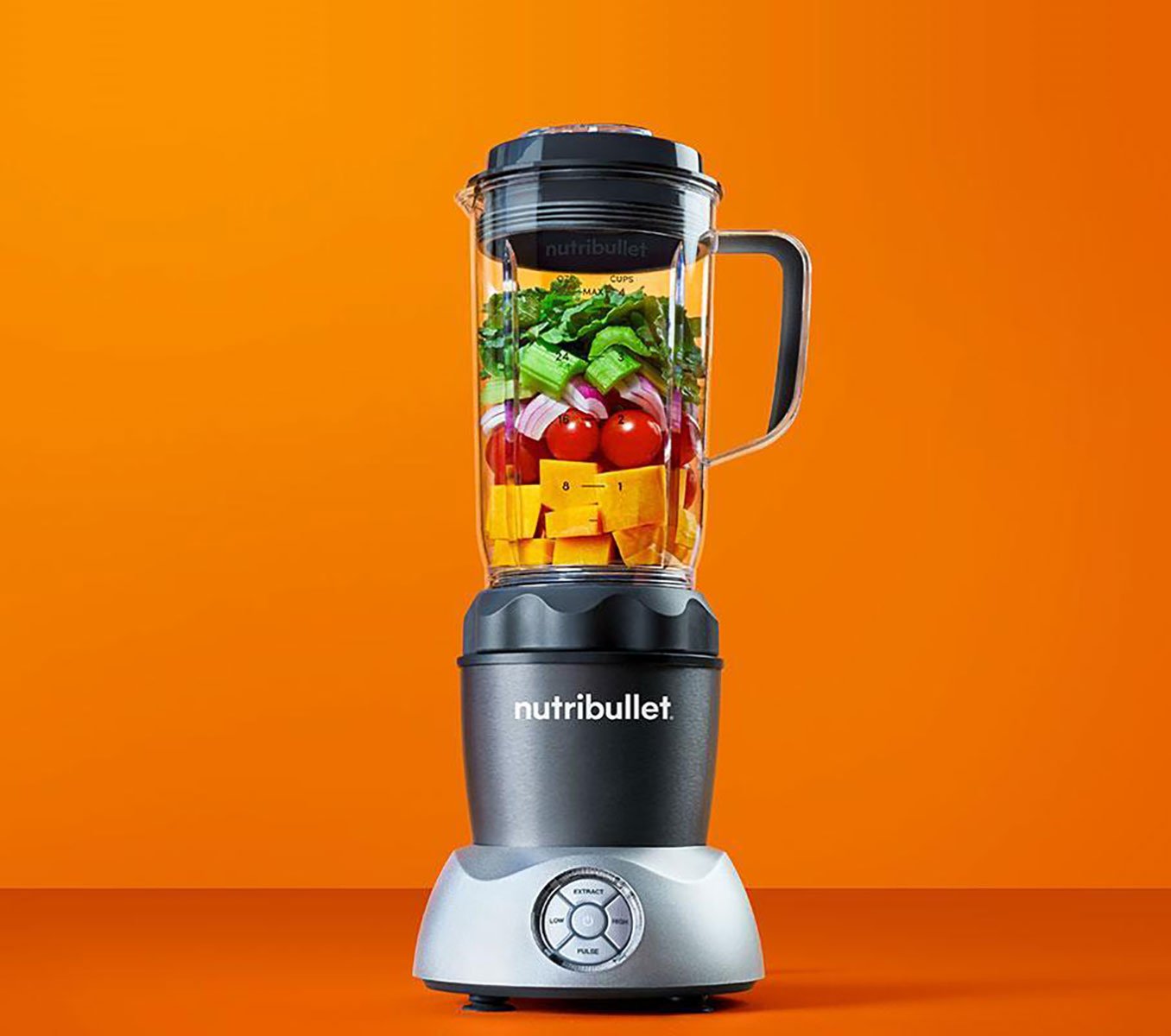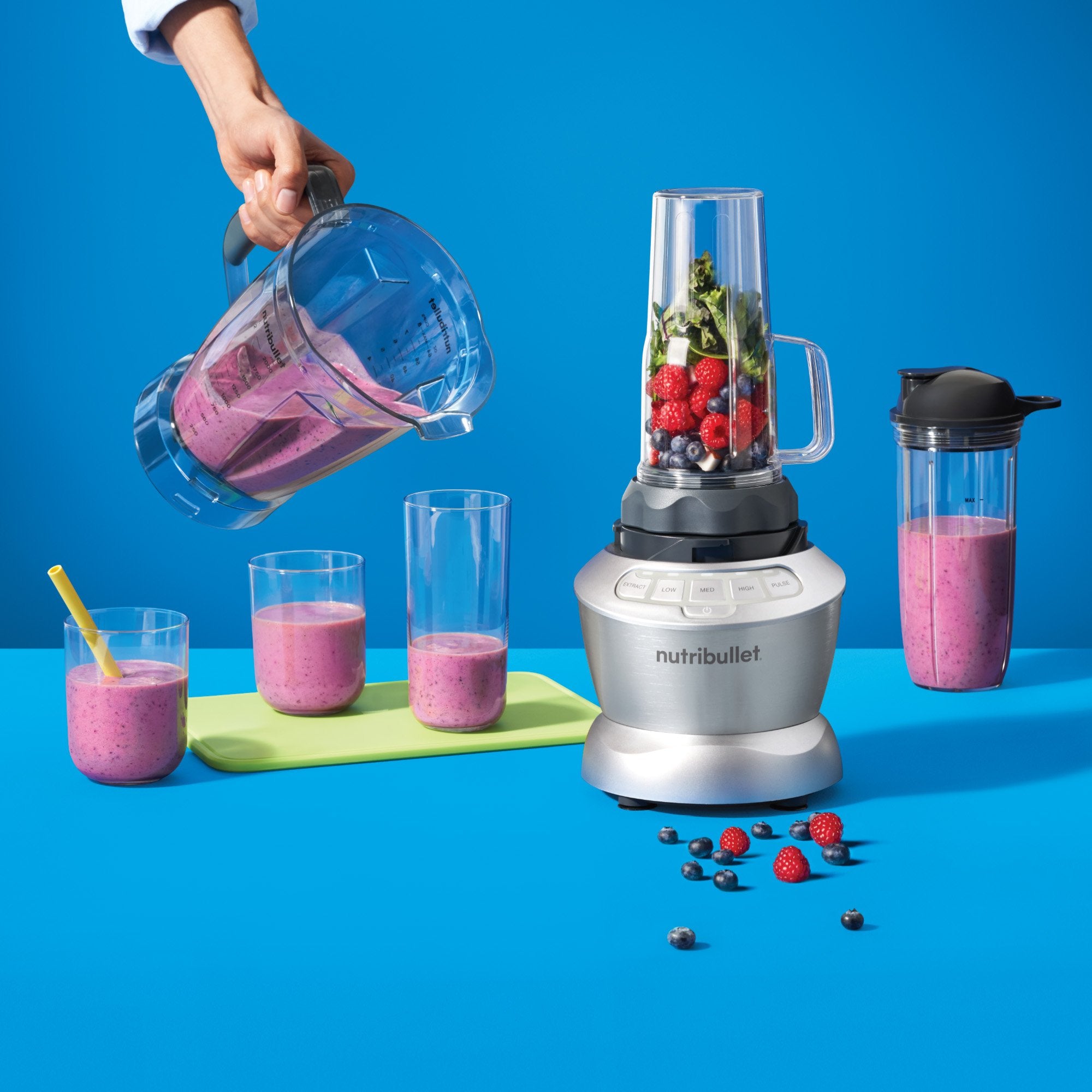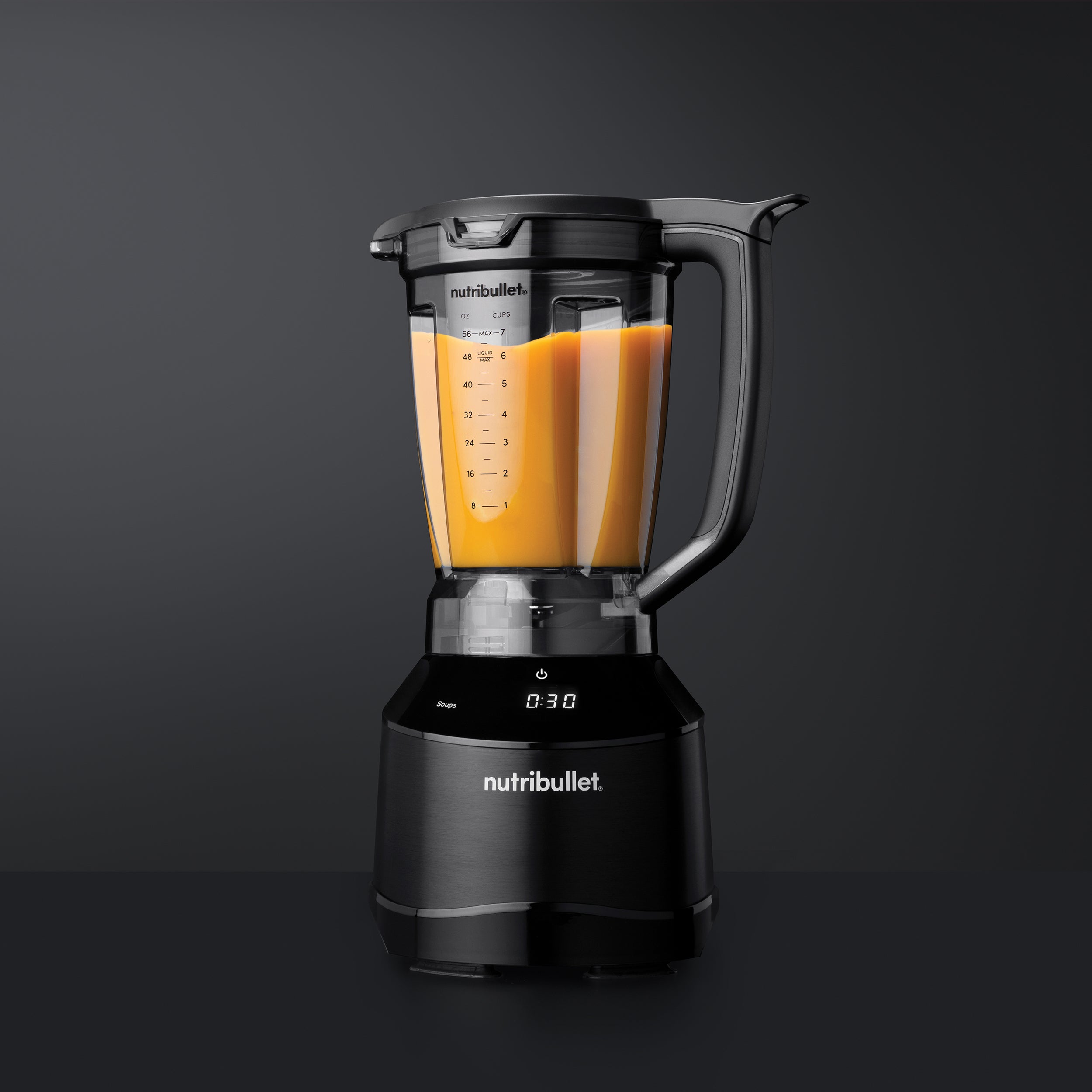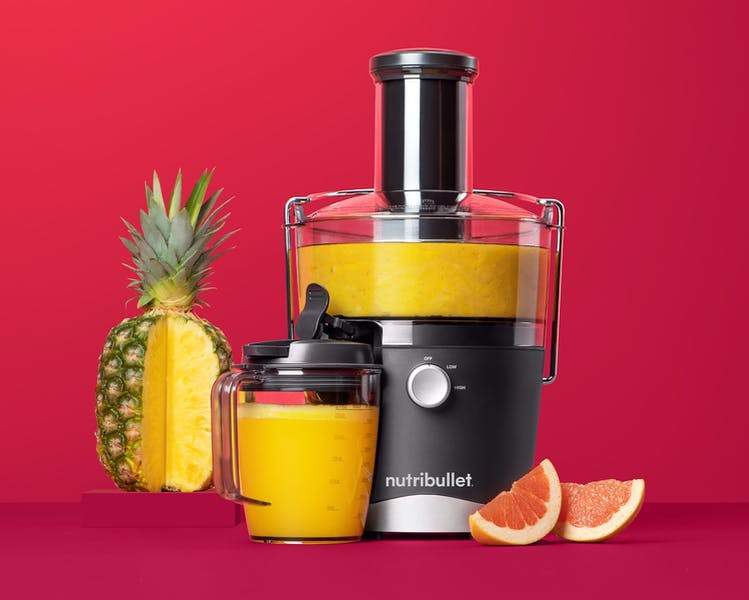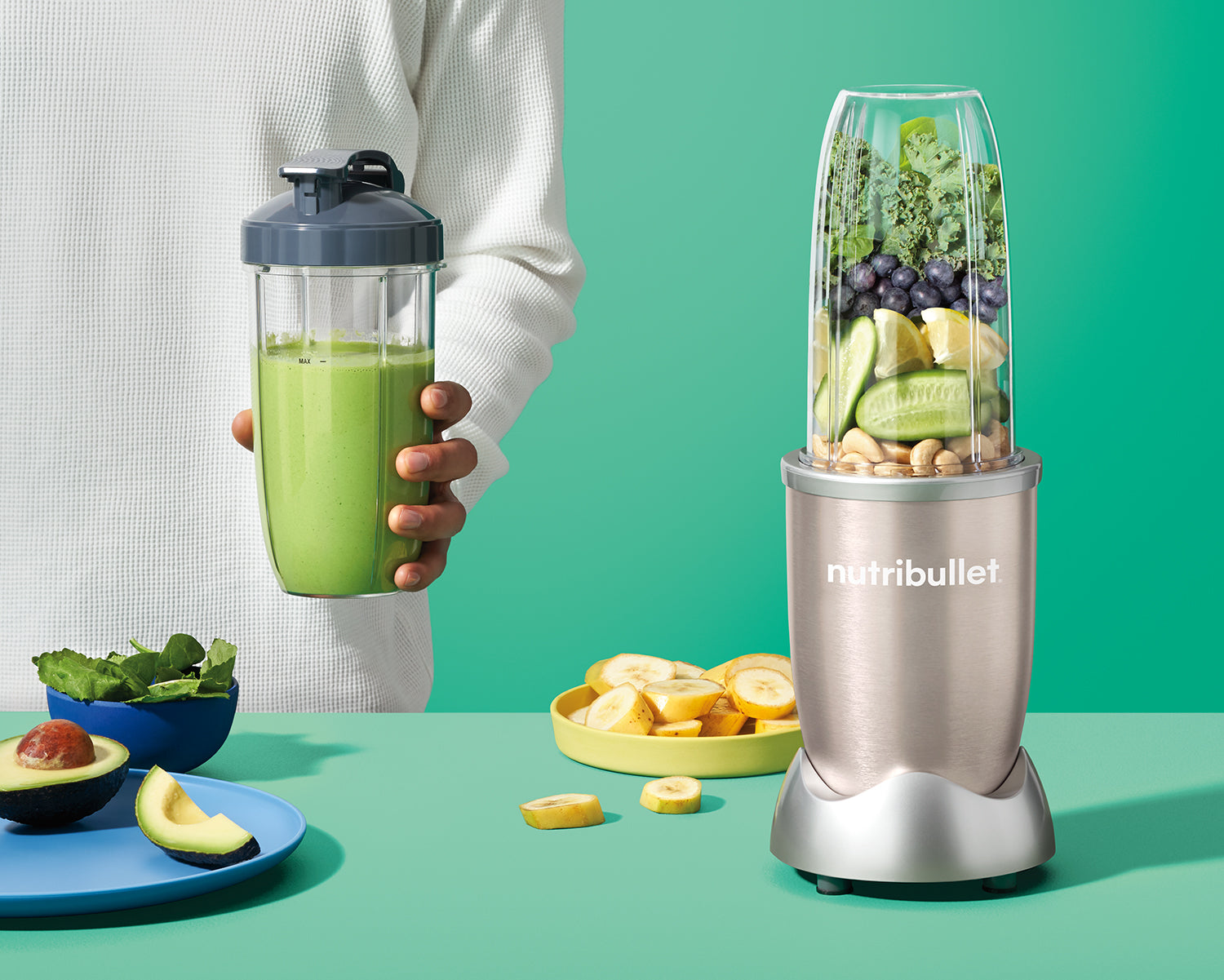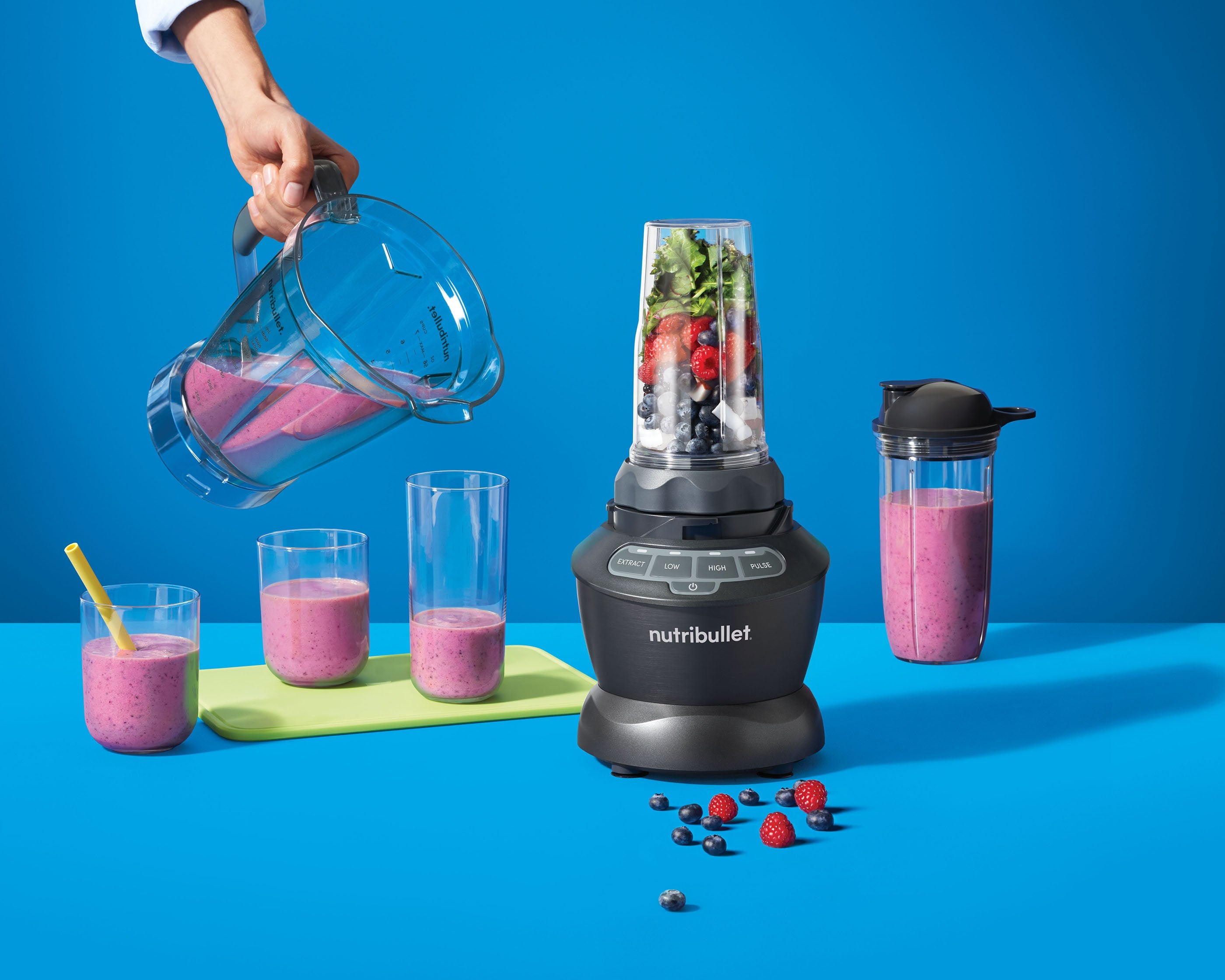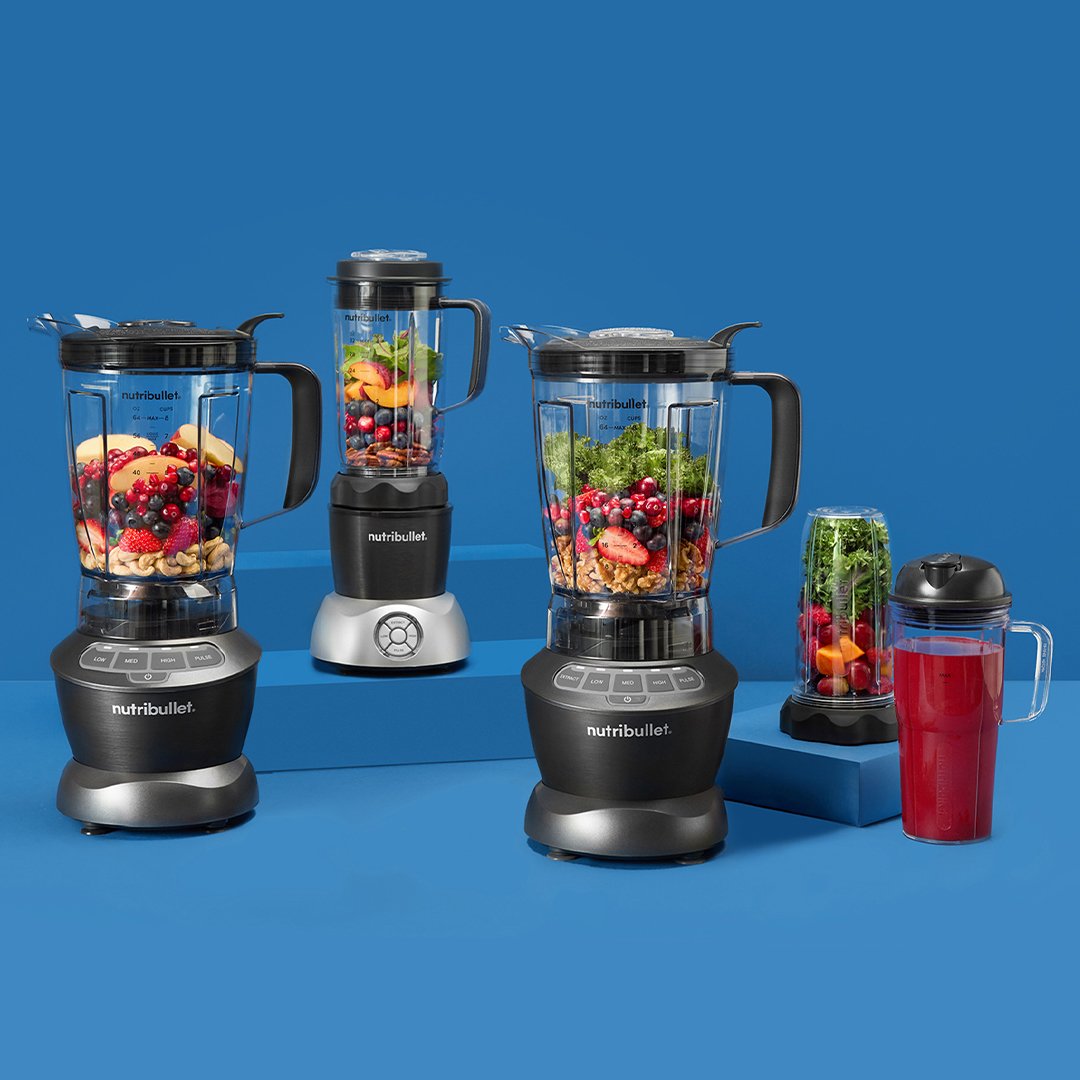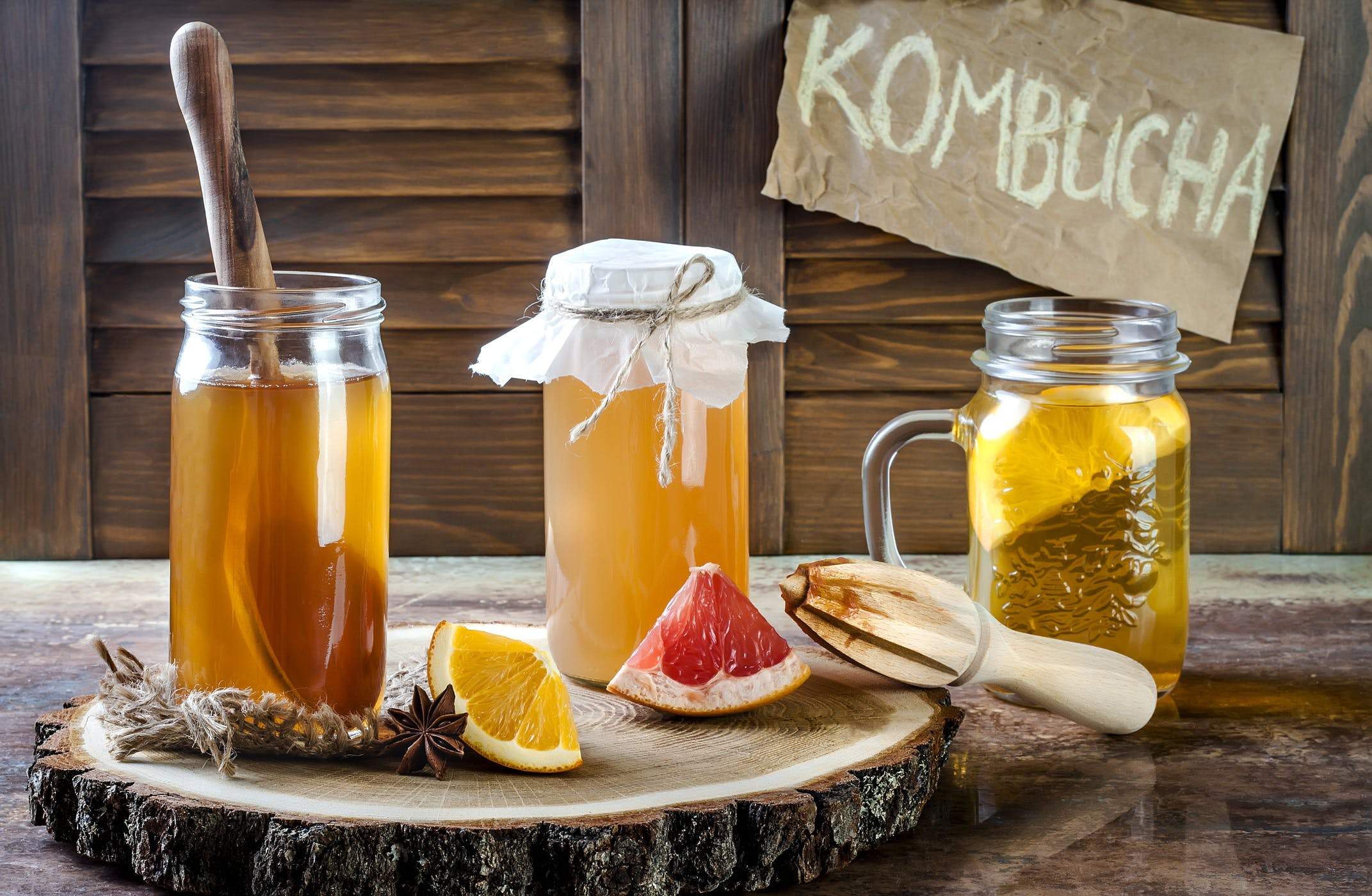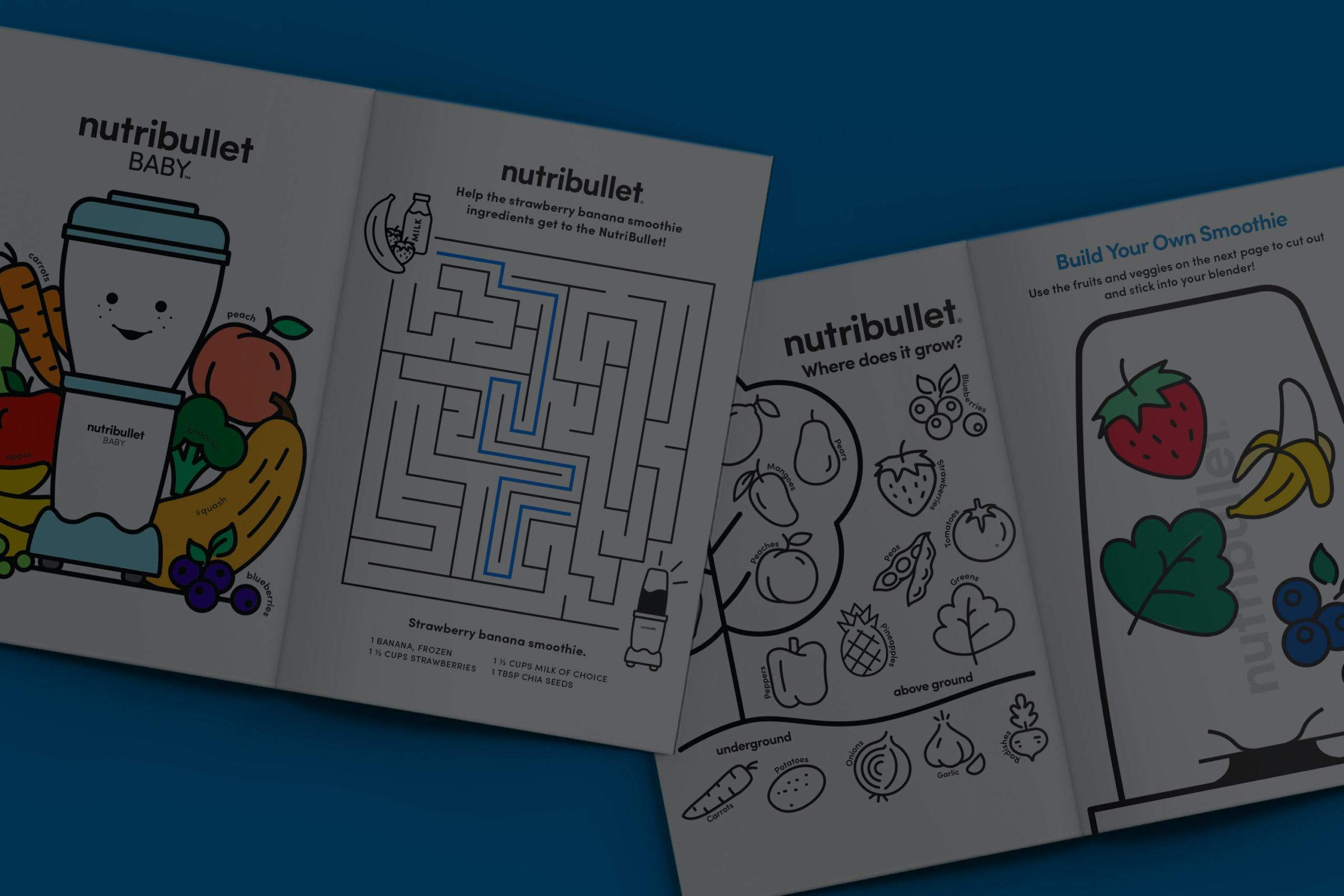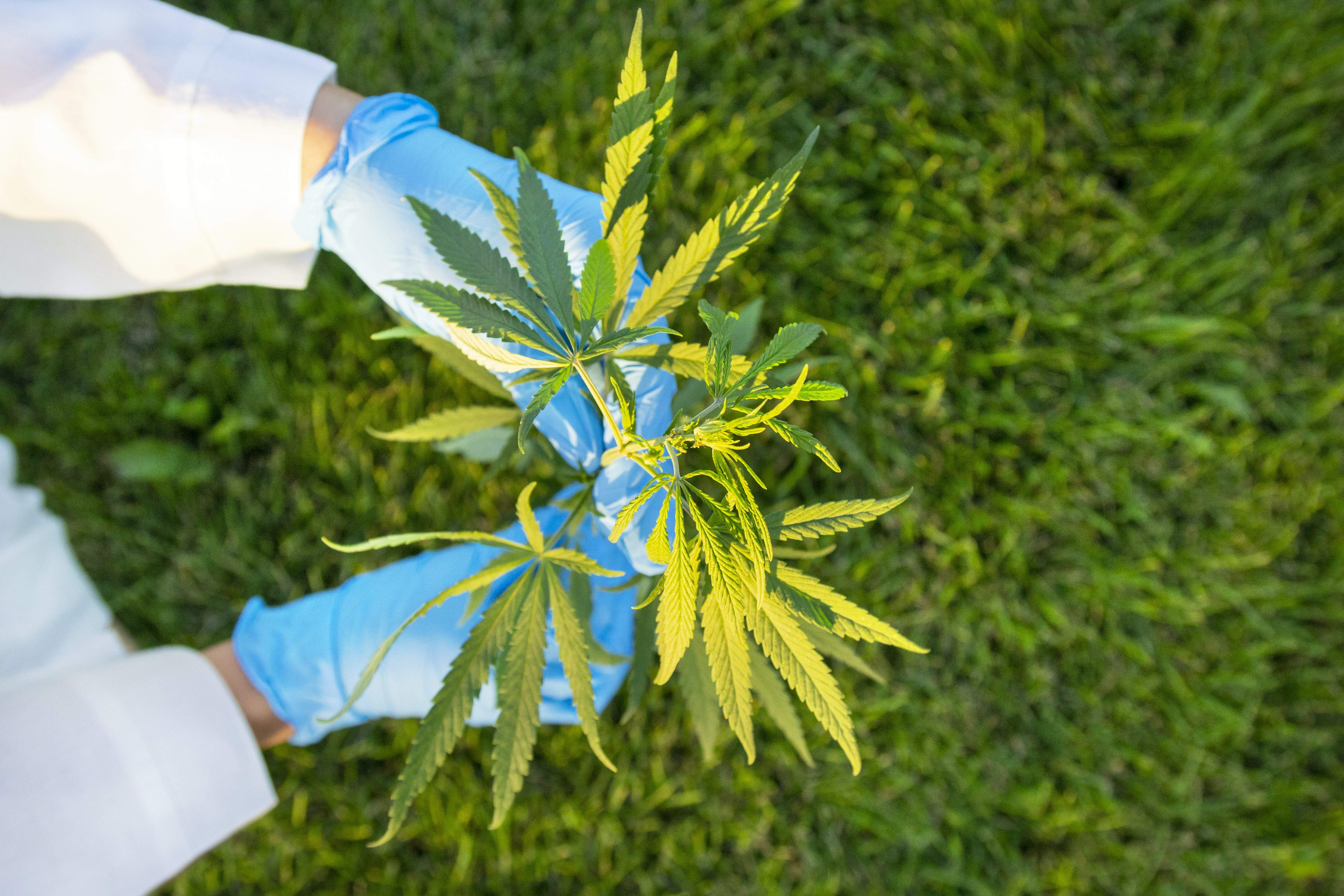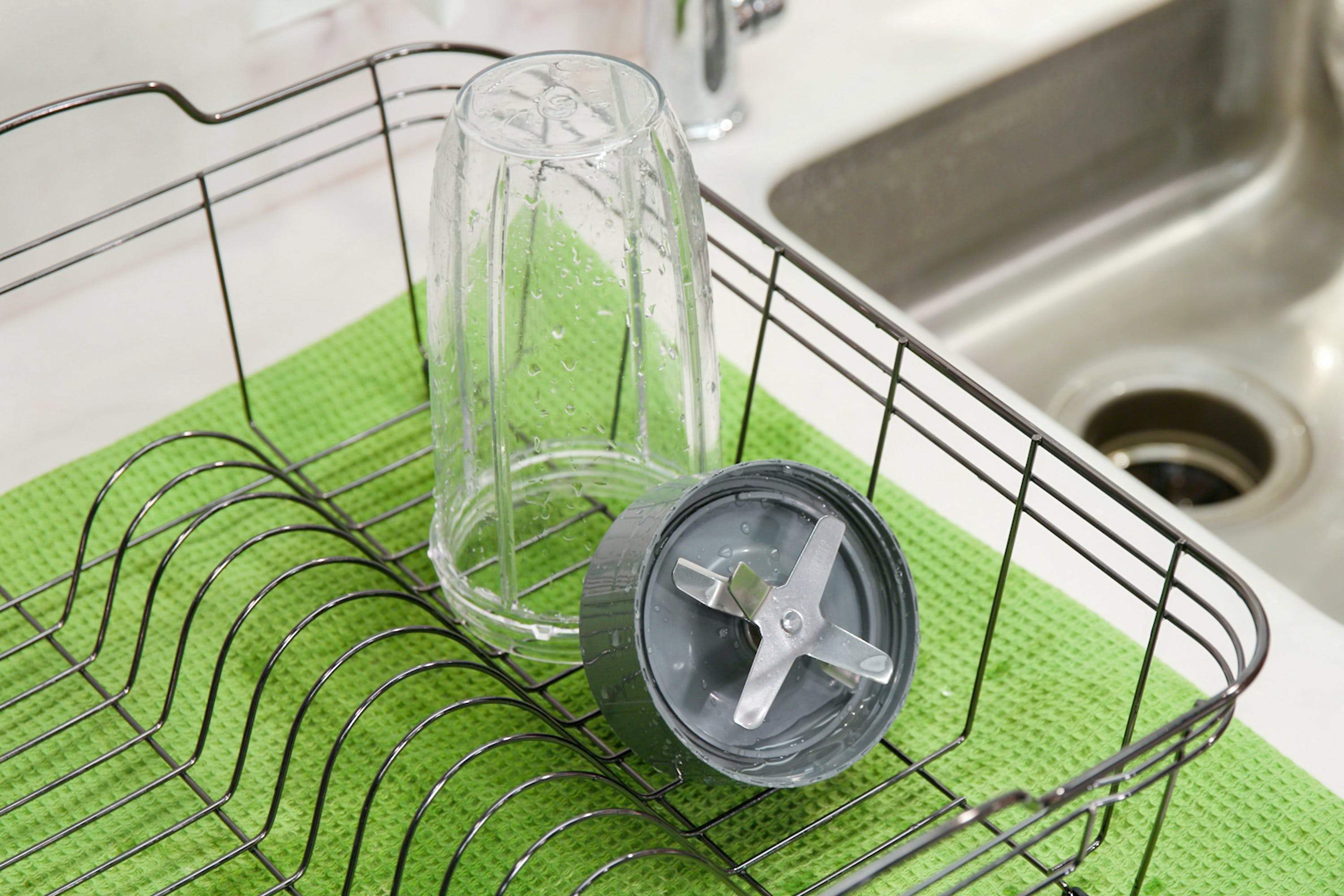Nowadays, you can’t really go into any grocery store without seeing kombucha taking over a portion of the refrigerated beverage section. Once upon a time, a person would have to travel to a health food store for this fizzy beverage, but now, you can even find this probiotic drink at Target and in bulk at Costco. What is it about this drink that makes it so popular? Is it really as healthy as it’s been hyped up to be, or does it have a dark side? Let’s look a little bit further into some of the pros and cons of kombucha.
First of all, a little bit about what kombucha is. For those of you who don’t know, kombucha is a black tea that’s fermented with a starter culture called a SCOBY, which stands for SYMBIOTIC COLONY OF BACTERIA and YEAST. Yum? It is actually rather gross-looking, resembling a slimy mushroom, but it’s not. The scoby initiates the process of fermentation once it’s in contact with sugar that’s added to the tea.
In my opinion, the biggest pro of kombucha is that it’s a healthier alternative to sodas. Sugar is added to the tea for the scoby to digest. However, that sugar is digested during the fermentation process. Usually, an average serving of kombucha contains around 2 to 5 grams of sugar. An average 12-ounce can of soda contains 39 grams of sugar. Water is the smartest all-around beverage of choice, but if you’re craving soda, kombucha is a healthier and better choice.
Kombucha supports a healthy gut and digestive system. Because it contains probiotics and enzymes known for their digestive health benefits, along with billions of beneficial bacteria that help balance out the gut, kombucha can be a positive entity for the intestinal tract. Kombucha is also high in glucaric acid (formed during the fermentation process), which is known to aid in enzymatic detoxification of the liver.
Most of the cons of kombucha appear with home brewing and the potential mistakes during the process if a person has never made their own kombucha before. Since bottles of kombucha tend to run anywhere from 4 to 6 dollars a pop in most stores, many people take it upon themselves to make their own. There are some concerns about the safety and cleanliness of attempting to brew your own kombucha at home. This includes using incorrect containers, producing the wrong types of bacteria or creating toxic fungi that appear when acidity levels are too low, preventing the right bacteria from surviving. This all sounds confusing, but they’re things that an inexperienced kombucha brewer might have a hard time detecting.
While kombucha does contain lactic acid, the chances of developing lactic acidosis are VERY SLIM. You would have to drink a TON of kombucha for that to occur. There’s also a very small percentage of people who experience bloating, headaches or allergic reactions due to kombucha consumption. It does have a high level of acidity, so if you’re sensitive to acidic foods or susceptible to heartburn, kombucha may not be your ideal cup of tea.
If you like the idea of drinking kombucha and want to try it but never have, drink a small amount, like a half of a cup, and pay attention to how it makes your body feel. Eventually, you can work your way up to drinking larger quantities, ideally no more than 8 to 12 ounces per day. Maybe, you’ll jump on the kombucha bandwagon, too!
Nutritional information
Recipe: Creamy Green Strawberry Dream Serving in this recipe:1
- Calories: 236.6
- Total Fat: 3.6 g 5.5%
- Saturated Fat: 0.4 g 1.9%
- Cholesterol: 0 mg 0%
- Sodium: 358.7 mg 14.9%
- Total Carbs: 45.7 g 15.2%
- Dietary Fiber: 9.9 g 39.4%
- Sugar: 22.1 g
- Protein: 8.1 g 16.2%
- Vitamin A: 481.9% Vitamin C: 244.1%
- Calcium: 68.5% Iron: 26.1%
* Percent Daily Values are based on a 2,000 calorie diet. Your daily values may be higher or lower depending on your calorie needs.

